Home>Garden Essentials>What Makes An Urban Green Space
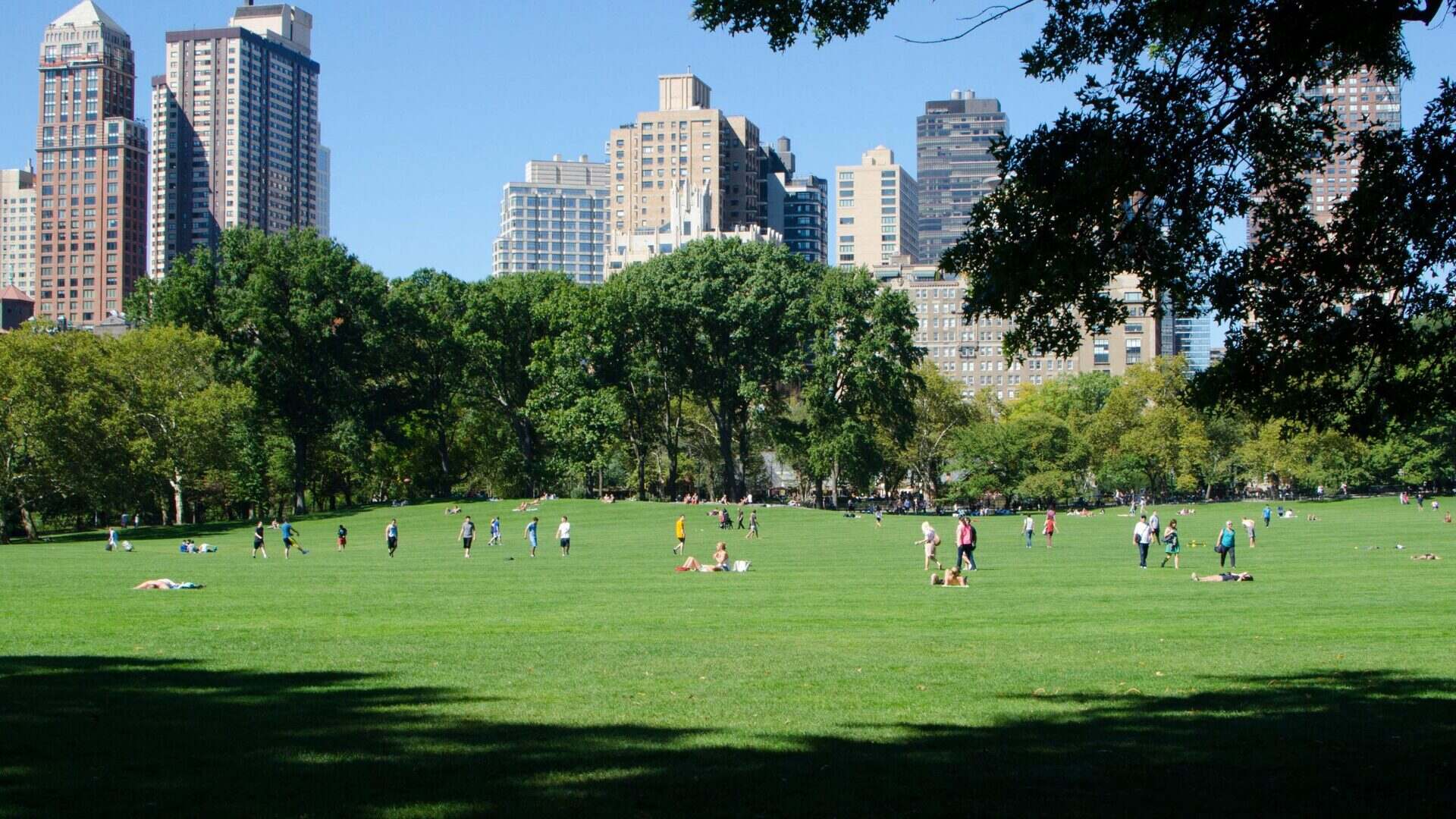

Garden Essentials
What Makes An Urban Green Space
Modified: March 7, 2024
Discover the enchantment of urban green spaces with beautiful gardens that create a tranquil oasis in the heart of the city. Experience the magic of nature's beauty right on your doorstep.
(Many of the links in this article redirect to a specific reviewed product. Your purchase of these products through affiliate links helps to generate commission for Storables.com, at no extra cost. Learn more)
Introduction
Welcome to the thriving world of urban green spaces! In an increasingly urbanized society, the presence of green spaces has become more crucial than ever. These spaces provide a refreshing escape from the concrete jungle, offering respite and a connection to nature. But what exactly makes an urban green space special? What are the factors that contribute to their success?
Urban green spaces are defined as areas within cities that are designed and dedicated to greenery, such as parks, gardens, and public squares. They play a vital role in enhancing the quality of life for residents and visitors alike. Beyond their aesthetic appeal, urban green spaces offer a myriad of benefits – both environmental and social – that are integral to the well-being of individuals and communities.
Throughout this article, we will explore the various components that make an urban green space truly exceptional. From their environmental impact to the economic benefits they bring, we will delve into each aspect to provide a comprehensive understanding of what defines an outstanding urban green space.
Join us on this journey as we explore the importance, benefits, and factors that contribute to the success of urban green spaces. Through case studies of successful projects, we will shed light on best practices and innovative ideas that can inspire the creation and improvement of green spaces in our own communities.
So, whether you are a city dweller in search of serenity, an urban planner looking to enhance your city’s landscape, or simply a nature lover intrigued by the power of greenery in urban settings, this article is for you. Let’s dive into the world of urban green spaces and discover what makes them truly extraordinary.
Key Takeaways:
- Urban green spaces, like Central Park and Gardens by the Bay, offer diverse benefits such as promoting biodiversity, improving air quality, and fostering community well-being, making cities more vibrant and sustainable.
- Successful urban green spaces prioritize community engagement, sustainable practices, and inclusive design, creating inviting havens that enhance the quality of life for residents and visitors alike.
Read more: What Is Urban Garden
Importance of Urban Green Spaces
Urban green spaces play a vital role in the overall well-being of individuals and communities. Beyond their aesthetic appeal, these green havens offer a multitude of benefits that contribute to a healthy and sustainable urban environment.
One of the primary reasons for the importance of urban green spaces is their ability to counteract the negative impacts of urbanization. As cities continue to expand, natural landscapes are often replaced by concrete and buildings, resulting in habitat loss and decreased biodiversity. Urban green spaces serve as a refuge for plants and wildlife, restoring ecological balance within the urban ecosystem.
Additionally, urban green spaces contribute to the mitigation of climate change. Trees, plants, and grassy areas help absorb carbon dioxide, reducing greenhouse gas emissions and improving air quality. They also help regulate temperature by providing shade and reducing the heat island effect commonly found in densely developed urban areas.
From a social perspective, urban green spaces provide numerous benefits to the health and well-being of individuals. Research has shown that spending time in nature can reduce stress, improve mood, and enhance cognitive function. Urban green spaces offer a sanctuary for relaxation and recreation, allowing people to escape the hustle and bustle of city life.
Moreover, these green spaces promote physical activity and encourage a healthier lifestyle. Parks and gardens provide spaces for exercise, whether through walking, jogging, or engaging in recreational activities. The presence of greenery also promotes mental well-being, as studies have shown that exposure to nature can reduce anxiety, depression, and improve overall mental health.
Urban green spaces also foster social cohesion and community interaction. They serve as gathering places for people of all ages, fostering a sense of community and belonging. Whether it’s a picnic in the park, a game of Frisbee, or a community event, these green spaces provide a platform for socializing, forging connections, and building relationships.
Furthermore, urban green spaces have significant economic benefits. They enhance property values, attract businesses, and stimulate economic activity. The presence of well-designed green spaces has been shown to increase property prices and attract investments, contributing to the economic vitality of the surrounding area.
In summary, the importance of urban green spaces cannot be overstated. They contribute to environmental sustainability, promote physical and mental well-being, foster social cohesion, and stimulate economic growth. These green havens are not just luxuries; they are essential components of a thriving and livable cityscape.
Environmental Benefits
Urban green spaces offer a multitude of environmental benefits, making them essential components of sustainable urban development. These benefits extend beyond their aesthetic appeal, playing a vital role in mitigating the harmful effects of urbanization on the natural environment.
One of the primary environmental benefits of urban green spaces is their contribution to biodiversity conservation. As cities expand and natural habitats are destroyed, urban green spaces provide refuges for various plant and animal species. These green spaces act as stepping stones, connecting fragmented habitats and supporting the survival of diverse flora and fauna. By preserving and cultivating greenery within urban areas, we can protect and enhance biodiversity, ensuring a healthier and more resilient ecosystem.
In addition to biodiversity, urban green spaces play a crucial role in improving air quality. Trees, plants, and grassy areas help absorb carbon dioxide, the primary greenhouse gas responsible for climate change. They also filter harmful pollutants from the air, including particulate matter and toxins, reducing the risk of respiratory problems and improving overall air quality. By acting as natural air purifiers, these green spaces contribute to a healthier and more sustainable urban environment.
Urban green spaces also play a significant role in mitigating the urban heat island effect. As concrete and asphalt absorb and retain heat, cities tend to be several degrees warmer than surrounding rural areas. However, through the presence of vegetation, green spaces help regulate temperatures by providing shade and evaporative cooling. Trees, in particular, provide a natural canopy that blocks direct sunlight and reduces surface temperatures. By combatting the heat island effect, urban green spaces create more comfortable and energy-efficient urban environments, reducing the need for excessive air conditioning and lowering energy consumption.
Furthermore, urban green spaces contribute to water management and conservation. Vegetation helps absorb and retain rainwater, reducing the risk of flooding and soil erosion. They also act as natural filters, purifying rainwater as it percolates through the soil, replenishing groundwater resources. These green spaces play a critical role in sustainable water management, especially in urban environments where stormwater runoff is a significant issue.
Lastly, urban green spaces have a positive impact on climate change adaptation and resilience. As cities face the challenges of a changing climate, these green havens can help mitigate the risks associated with extreme weather events, such as heatwaves and heavy rainfall. Tree canopies provide shade and reduce the urban heat island effect, while green infrastructure, such as rain gardens and bio-swales, can effectively manage stormwater runoff. By incorporating nature-based solutions, urban green spaces contribute to a more climate-resilient urban landscape.
In summary, urban green spaces provide essential environmental benefits by conserving biodiversity, improving air quality, mitigating the urban heat island effect, contributing to water management, and enhancing climate change adaptation. By valuing and investing in these green spaces, we can create more sustainable and ecologically balanced cities for generations to come.
Health and Well-being Benefits
Urban green spaces offer numerous health and well-being benefits, playing a crucial role in promoting the physical, mental, and social well-being of individuals and communities. These green havens provide a much-needed escape from the stress and pressures of urban life, offering a sanctuary for relaxation, recreation, and connection with nature.
One of the primary health benefits of urban green spaces is their contribution to physical activity. Parks, gardens, and green corridors provide spaces for various forms of exercise, such as walking, jogging, cycling, and outdoor sports. Regular physical activity has been linked to numerous health benefits, including reduced risk of chronic diseases, improved cardiovascular fitness, and better weight management. The accessibility and availability of green spaces encourage people of all ages to engage in physical activities, leading to healthier and more active lifestyles.
Furthermore, spending time in nature has been shown to have a positive impact on mental well-being. Urban green spaces provide opportunities for relaxation and stress reduction, allowing individuals to escape the hustle and bustle of city life. The presence of greenery and nature sounds has a calming effect on the mind, reducing anxiety and promoting a sense of tranquility. The ability to connect with nature and take a break from the demands of daily life can improve mood, enhance cognitive function, and increase overall well-being.
Moreover, urban green spaces serve as social hubs that foster community engagement and social interaction. Parks and gardens provide spaces for people to come together, whether it’s for picnics, community events, or recreational activities. These spaces encourage socialization, foster a sense of belonging, and strengthen community bonds. The opportunity to connect with others and build relationships in a natural and relaxed environment is essential for mental and social well-being.
In addition to physical and mental health benefits, urban green spaces also contribute to overall quality of life. The availability of green spaces has been linked to increased life satisfaction and improved perceived health. Having access to nature and greenery has a positive impact on residents’ perception of their living environment. The presence of well-maintained and aesthetically pleasing green spaces enhances the overall livability of urban areas and increases residents’ satisfaction with their surroundings.
Finally, urban green spaces have shown to have therapeutic benefits, especially in the realm of healing and recovery. Hospitals and healthcare facilities often incorporate gardens and green spaces into their design, recognizing the positive impact of nature on patient well-being and recovery. Exposure to nature has been associated with reduced stress levels, improved pain management, and increased overall satisfaction with healthcare experiences. These green spaces provide a healing environment that promotes physical and emotional well-being.
In summary, urban green spaces contribute significantly to the health and well-being of individuals and communities. They promote physical activity, reduce stress, enhance mental well-being, foster social interactions, and improve overall quality of life. Investing in and preserving these green havens is essential for creating healthy, vibrant, and resilient cities.
Social Benefits
Urban green spaces offer a wide range of social benefits, playing a pivotal role in creating vibrant and inclusive communities. These green havens serve as gathering places that foster social interactions, forge connections, and promote a sense of community among residents.
One of the primary social benefits of urban green spaces is their ability to provide a shared space for people of all ages and backgrounds. Parks, gardens, and public squares offer a neutral ground where individuals can come together for various recreational activities, events, and cultural celebrations. These spaces encourage socialization, allowing people to meet and interact with others who may have different perspectives and experiences. The opportunity to connect with a diverse range of individuals fosters a sense of inclusivity and strengthens social bonds within a community.
Furthermore, urban green spaces provide spaces for community events and activities, bringing residents together and promoting a sense of belonging. Whether it’s a music concert, a farmers market, or a community gardening project, these events encourage participation and engagement. They create opportunities for residents to interact, collaborate, and contribute to the development and improvement of their neighborhoods. The shared experiences and sense of ownership that stem from these activities enhance community pride and empowerment.
In addition to fostering social interaction, urban green spaces also promote physical and mental well-being, which in turn, contributes to the social fabric of a community. As mentioned earlier, these green havens provide spaces for physical activity, such as walking, jogging, and sports. By encouraging regular exercise, they not only enhance residents’ physical health but also create opportunities for informal social interactions. People can meet and engage with others while exercising or participating in recreational activities, strengthening social connections and creating a sense of camaraderie.
Moreover, the presence of well-designed and well-maintained green spaces can have a positive impact on community safety. Studies have shown that vibrant and active green spaces with increased social interactions are less susceptible to crime and antisocial behavior. When people feel a sense of ownership and connection to their surroundings, they are more likely to take pride in and protect their community space. The presence of residents in green spaces acts as a natural surveillance mechanism, enhancing safety and security.
Furthermore, urban green spaces contribute to the social and cultural identity of a community. They serve as platforms for expressing local traditions, hosting festivals, and showcasing artistic and cultural displays. By integrating cultural elements into the design and programming of these spaces, they can reflect the unique character and heritage of the community. As such, urban green spaces become spaces of cultural exchange, celebration, and preservation, strengthening the social fabric of the community.
In summary, urban green spaces provide significant social benefits by creating spaces for social interactions, fostering a sense of community, promoting physical and mental well-being, enhancing community safety, and contributing to the social and cultural identity of a community. These spaces are not only essential for the overall well-being of individuals but also play a crucial role in building strong and connected communities.
Read more: Why Green Space Is Important In Urban Areas
Economic Benefits
Urban green spaces offer a multitude of economic benefits, contributing to the economic vitality and prosperity of cities. These green havens enhance property values, attract businesses, stimulate tourism, and foster economic growth.
One of the primary economic benefits of urban green spaces is their positive impact on property values. Properties located in close proximity to well-designed and well-maintained green spaces tend to have higher values compared to those without nearby greenery. Research has shown that access to parks, gardens, and green corridors can increase property prices by as much as 20%. The presence of green spaces enhances the desirability of a neighborhood, making it an attractive place to live and invest in.
In addition to property values, urban green spaces also contribute to economic growth by attracting businesses and investments. The presence of vibrant and well-designed green spaces creates a favorable business environment, enticing entrepreneurs and investors. Businesses recognize the benefits of being situated near green spaces, as it enhances the overall ambiance of their surroundings and improves the quality of life for their employees. Furthermore, green spaces can serve as venues for outdoor markets, food trucks, and other business activities, nurturing a thriving local economy.
Urban green spaces also have the potential to stimulate tourism and generate revenue for local businesses. Tourists and visitors are drawn to cities that offer beautiful and accessible green spaces. Whether it’s a famous park, a botanical garden, or a picturesque waterfront, these destinations attract visitors from near and far. Tourism generated by urban green spaces can have a significant impact on the local economy, supporting hotels, restaurants, retail shops, and other tourism-related industries.
Beyond attracting businesses and tourists, urban green spaces also have cost-saving implications for cities. These green havens help mitigate the heat island effect, reducing the need for excessive air conditioning and decreasing energy consumption. The shade provided by trees and vegetation can significantly lower cooling costs for nearby buildings. Moreover, green spaces naturally filter rainwater and reduce stormwater runoff, saving on infrastructure costs for drainage systems and reducing the risk of flooding. The energy and cost savings resulting from the presence of urban green spaces contribute to the overall economic sustainability of a city.
Furthermore, the construction and maintenance of urban green spaces create job opportunities and stimulate employment. From the initial design and construction phases to ongoing maintenance and management, these spaces require a workforce of skilled individuals. Local governments, non-profit organizations, and private companies employ workers in roles such as landscape architects, gardeners, maintenance staff, and event organizers. The creation of green spaces not only improves the physical and aesthetic qualities of a city but also provides employment opportunities, contributing to economic stability and growth.
In summary, urban green spaces offer valuable economic benefits by enhancing property values, attracting businesses and investments, stimulating tourism, reducing energy costs, and creating employment opportunities. These benefits contribute to the overall economic vitality and prosperity of cities, while also improving the quality of life for residents and visitors alike.
Factors that Make an Urban Green Space Successful
Creating a successful urban green space requires careful planning, design, and consideration of various factors. From location and size to amenities and community engagement, several key elements contribute to the success of these green havens. Let’s explore some of the factors that make an urban green space truly exceptional.
Accessible Location: One of the primary factors that contribute to the success of an urban green space is its accessibility. Green spaces should be conveniently located within walking distance or easily accessible by public transportation. Proximity to residential areas, schools, and commercial districts ensures that people of all ages and backgrounds can enjoy the benefits of these spaces without significant travel distances.
Size and Design: The size and design of an urban green space play a crucial role in its success. It should be large enough to accommodate a variety of activities, but not so large that it becomes overwhelming or difficult to maintain. Well-designed layouts that incorporate a mix of open lawns, shade trees, seating areas, and pathways create a harmonious and inviting environment for visitors.
Biodiversity and Ecological Considerations: Incorporating biodiversity and ecological considerations into the design and management of urban green spaces is essential. The inclusion of native plants, trees, and grasses promotes habitat diversity and supports local ecosystems. Incorporating sustainable irrigation systems, rainwater harvesting, and using environmentally friendly materials demonstrate a commitment to ecological sustainability.
Amenities and Facilities: Providing a range of amenities and facilities within an urban green space enhances its appeal and usability. Playgrounds, sports courts, picnic areas, and restrooms cater to diverse recreational needs. Additionally, the inclusion of seating areas, public art installations, and shade structures adds to the functionality and aesthetic appeal of the space.
Community Engagement and Participation: Engaging the local community in the planning, design, and maintenance of urban green spaces fosters a sense of ownership and pride. Involving residents, community groups, and local organizations in decision-making processes and programming activities ensures that the space meets their needs and reflects their aspirations. Community participation also fosters a stronger sense of community, encouraging residents to take an active role in the upkeep and preservation of the green space.
Maintenance and Sustainability: Regular maintenance and sustainable practices are essential for the long-term success of urban green spaces. Proper upkeep, including lawn care, pruning, waste management, and cleanliness, ensures that the space remains safe and attractive for visitors. Additionally, adopting sustainable practices such as water conservation, using organic maintenance methods, and implementing energy-efficient lighting contributes to the environmental and economic sustainability of the green space.
Case Studies of Successful Urban Green Spaces: To gain inspiration and learn from best practices, it is beneficial to examine successful urban green spaces around the world. Case studies like New York City’s Central Park, Singapore’s Gardens by the Bay, and Vancouver’s Stanley Park offer valuable insights into the key elements that contribute to their success. These spaces have become iconic attractions, known for their thoughtful design, accessibility, diverse amenities, and community engagement.
In summary, the success of an urban green space relies on several factors, including its accessible location, appropriate size and design, consideration of biodiversity and ecological principles, provision of amenities and facilities, community engagement, and sustainable maintenance practices. By incorporating these elements, cities can create vibrant and inclusive green spaces that enhance the quality of life and well-being of their residents.
Accessible Location
The accessibility of an urban green space plays a pivotal role in determining its success. An accessible location ensures that the green space is easily reachable and enjoyed by a wide range of individuals, making it an integral part of the community fabric.
Proximity is a key factor in determining accessibility. Ideally, an urban green space should be located within walking or biking distance of residential areas, schools, commercial districts, and public transportation hubs. This ensures that people of all ages and backgrounds can easily access and enjoy the benefits of the green space without the need for extensive travel.
By situating green spaces within close proximity to residential areas, it promotes a sense of convenience and encourages frequent usage. Residents can easily incorporate visits to the green space into their daily routines, whether it’s for exercising, socializing, or simply enjoying the natural surroundings. The ease of access also encourages spontaneous visits, allowing individuals to take short breaks in nature and rejuvenate themselves without investing significant time and effort.
Moreover, an accessible location promotes inclusivity and ensures that the green space is enjoyed by a diverse range of individuals. By being located in close proximity to schools and educational institutions, it becomes a valuable resource for children and youth, providing them with a space for recreation, learning, and environmental education. Families with young children can easily access and enjoy the green space, fostering early connections with nature and creating lasting memories.
Public transportation connectivity is an essential aspect of accessibility. A green space that is well-served by buses, trams, or trains provides an alternative to private vehicles, making it easily accessible for those who do not own cars or prefer not to drive. Convenient public transportation options ensure that individuals from different neighborhoods or even neighboring cities can visit the green space without facing transportation barriers.
Furthermore, when planning the location of urban green spaces, it is important to consider the needs and preferences of marginalized and vulnerable communities. Ensuring that green spaces are located in areas that are often underserved or lacking in recreational facilities can help address social and environmental disparities. Everyone, regardless of socioeconomic status, should have equitable access to green spaces and the associated health and well-being benefits they provide.
Lastly, incorporating green spaces into mixed-use developments or revitalization projects can further enhance accessibility. By integrating green spaces into urban planning, it becomes an integral part of the built environment. This approach ensures that the green space is seamlessly blended with the surrounding infrastructure, creating a well-connected and harmonious urban landscape.
In summary, an accessible location is crucial for the success of an urban green space. It ensures that the space is conveniently located within reach of residential areas, schools, commercial districts, and public transportation networks. By considering the needs of diverse communities and providing easy access, urban green spaces become welcoming havens that promote community well-being and environmental stewardship.
When designing an urban green space, consider incorporating a variety of plants to attract wildlife and provide shade. Also, include seating and walking paths for people to enjoy the space.
Size and Design
The size and design of an urban green space are key factors in determining its success. A well-planned and thoughtfully designed green space creates an inviting and functional environment that caters to the diverse needs and preferences of its users.
When it comes to size, striking the right balance is crucial. The green space should be large enough to accommodate a variety of activities, yet not so large that it becomes overwhelming or difficult to maintain. A spacious green space allows for various recreational activities such as sports, picnicking, and social gatherings. It provides opportunities for individuals and groups to engage in different forms of exercise, relaxation, and cultural events.
On the other hand, an excessively large green space might become underutilized or pose challenges for maintenance. The size of the green space should be based on the needs and population density of the surrounding community, taking into consideration factors such as the availability of land and budget constraints. A balance must also be struck between open areas and more intimate spaces or nooks where individuals can find solitude amidst nature.
The design of an urban green space is equally important. It should be visually appealing, functional, and cohesive with the surrounding architecture and landscape. A thoughtfully designed layout with clear signage, well-defined pathways, and seating areas enhances the user experience and encourages exploration of the green space.
Integrating diverse elements of nature is essential in the design. Incorporating a mix of trees, shrubs, and flowers, along with features like ponds, meadows, and rock formations, adds visual interest and creates a more engaging environment. The design should consider the local climate and ensure that there is a balance between shaded areas and open spaces to cater to different weather conditions.
Moreover, accessibility is a crucial aspect of design. Pathways should be wide, well-lit, and barrier-free, allowing for easy movement of strollers, wheelchairs, and bicycles. Including features such as ramps, handrails, and rest areas ensures that the green space is accessible to individuals with disabilities or mobility challenges.
Creating distinct zones within the green space adds versatility and accommodates a variety of activities. Designating areas for active sports, passive relaxation, children’s play, community events, and contemplative spaces allows different user groups to coexist harmoniously. It also provides opportunities for events and programmed activities that cater to diverse interests and preferences.
Furthermore, incorporating sustainable design principles is essential in today’s urban green spaces. Utilizing environmentally friendly materials, employing smart irrigation systems, and integrating renewable energy sources can contribute to the overall sustainability of the green space. Emphasizing ecological restoration, such as using native plant species and promoting biodiversity, helps create a more resilient and self-sustaining ecosystem.
In summary, the size and design of an urban green space should strike a balance between functionality, aesthetic appeal, and sustainability. A well-designed and appropriate-sized green space offers a range of activities, incorporates diverse elements of nature, prioritizes accessibility, and considers sustainable design principles. By creating an inviting and harmonious environment, urban green spaces become valuable assets that enhance the quality of life and promote community well-being.
Biodiversity and Ecological Considerations
Biodiversity and ecological considerations are vital in the design and management of urban green spaces. By prioritizing biodiversity and incorporating ecological principles, urban green spaces can become thriving ecosystems that support a wide range of plant and animal species, enhance ecological resilience, and promote environmental sustainability.
One of the key aspects of biodiversity in urban green spaces is the selection of plant species. Using a variety of native plants is crucial as they are adapted to the local climate and have co-evolved with the ecosystem. Native plants provide food and habitat for a diverse range of insects, birds, and other wildlife, contributing to overall biodiversity. Including a mix of flowering plants, grasses, shrubs, and trees that bloom at different times of the year ensures a year-round food source for pollinators such as bees and butterflies.
Creating habitat structures within urban green spaces is also important. Incorporating features such as bird boxes, bat roosts, and insect hotels provides nesting opportunities for various species, fostering biodiversity. Deadwood and fallen logs can be left in certain areas to create microhabitats for insects, fungi, and small animals. Water features such as ponds or wetlands attract amphibians, birds, and other water-dependent species, expanding the biodiversity within the green space.
Eco-friendly practices, such as organic land management, are essential in urban green spaces. Avoiding the use of synthetic pesticides and fertilizers helps maintain a healthy ecosystem and prevents harm to beneficial species. Promoting composting and mulching reduces waste and contributes to soil health. Water conservation practices, such as using drip irrigation systems and capturing rainwater, are vital to minimize water usage and enhance the sustainability of the green space.
Preserving and restoring ecosystems within urban green spaces is another effective way to promote biodiversity. Protecting existing natural areas, such as woodlands or wetlands, within the green space maintains their ecological integrity and allows native species to thrive. Ecological restoration projects can involve reintroducing native species and removing invasive plants that threaten biodiversity. These efforts recreate a more balanced and diverse ecosystem within the urban environment.
To educate and engage the community, informative signage and interpretive displays can be installed in urban green spaces. These can highlight the importance of biodiversity, explain the ecological functions of the green space, and raise awareness about the role individuals can play in preserving and enhancing biodiversity. Community involvement through citizen science initiatives and volunteering opportunities can further promote understanding and appreciation of the natural world.
Lastly, collaboration between local governments, environmental organizations, and community groups is vital in ensuring the successful implementation of biodiversity and ecological considerations. By working together, stakeholders can develop strategies and implement practices that prioritize biodiversity conservation and ecological sustainability.
In summary, biodiversity and ecological considerations are crucial in urban green spaces. By selecting native plant species, creating habitat structures, adopting eco-friendly practices, preserving and restoring ecosystems, and promoting community engagement, urban green spaces can become thriving ecosystems that support biodiversity, enhance ecological resilience, and contribute to the overall environmental sustainability of cities.
Amenities and Facilities
Amenities and facilities are key elements that contribute to the success of an urban green space. By providing a range of amenities and well-designed facilities, green spaces can cater to the diverse needs and interests of its visitors, enhancing their overall experience and promoting greater engagement.
One essential amenity is seating areas. Benches, picnic tables, and seating walls offer places for individuals and groups to rest, socialize, or simply enjoy the surroundings. These seating areas should be strategically placed throughout the green space, taking into consideration shade, views, and accessibility, to encourage people to linger and make the space more inviting and comfortable.
Playgrounds and recreational areas cater to families with children. These spaces should be designed with age-appropriate equipment, such as swings, slides, and climbing structures, to promote physical activity and imaginative play. Safety measures and accessibility considerations are also crucial to ensure that children of all abilities can enjoy the facilities.
Active sports facilities, such as sports courts or fields, are essential for those who enjoy sports and team activities. Basketball courts, tennis courts, soccer fields, or volleyball courts provide opportunities for organized sports, casual play, and community leagues. These facilities should be well-maintained, safe, and accessible, encouraging physical activity and fostering a sense of camaraderie among participants.
Restrooms and water facilities play a vital role in enhancing visitor convenience and comfort. Clean and well-maintained public restrooms are necessary to accommodate the needs of visitors, especially during longer visits or events. Water fountains or hydration stations provide accessible sources of drinking water, encouraging visitors to stay hydrated and reducing the need for single-use plastic bottles.
Well-designed pathways are crucial to ensure ease of movement throughout the green space. Wide and smoothly paved paths accommodate individuals using wheelchairs, strollers, or bicycles, promoting accessibility and inclusivity. Clear signage and wayfinding aids help visitors navigate the green space and locate amenities and points of interest easily.
Shade structures, such as gazebos, pergolas, or shade sails, are valuable amenities, especially in hot climates. These structures provide relief from the sun, allowing visitors to seek shelter and enjoy the green space comfortably. Shade trees are also essential for natural shade and cooling, creating inviting areas for relaxation and picnicking.
In addition to basic amenities, green spaces can also benefit from facilities that support programs, events, and cultural activities. Outdoor stages or amphitheaters provide spaces for performances, concerts, or community gatherings. Space for art installations or sculptures adds aesthetic appeal and creates points of interest within the green space. Additionally, areas for community gardening or demonstration gardens foster community engagement and provide educational opportunities.
Visitor facilities, such as information kiosks or visitor centers, can provide information about the green space, its history, and ongoing events. These facilities offer opportunities for staff or volunteers to answer questions, provide maps, and engage with visitors, ensuring a positive experience and promoting environmental education.
In summary, a well-equipped urban green space should offer a variety of amenities and facilities that cater to the diverse needs and interests of its visitors. Seating areas, playgrounds, active sports facilities, restrooms, water facilities, pathways, shade structures, and spaces for cultural activities contribute to the overall functionality, comfort, and aesthetic appeal of the green space. By providing these amenities and facilities, green spaces become inviting and enjoyable destinations that attract and cater to a wide range of visitors.
Community Engagement and Participation
Community engagement and participation are integral to the success and sustainability of an urban green space. When residents are actively involved in the planning, design, and ongoing activities of the green space, it fosters a sense of ownership, pride, and connection to the community. Here are some key aspects of community engagement and participation that contribute to the success of an urban green space.
Inclusive Decision-making: Engaging the community in the decision-making process is essential to ensure that the green space reflects the needs and aspirations of the residents. Holding public consultations, workshops, or surveys allows community members to voice their opinions, share ideas, and contribute to the planning and design of the green space. Incorporating diverse perspectives and involving residents from different backgrounds helps to create an inclusive and representative space that meets the needs of the entire community.
Collaborative Partnerships: Collaborating with local organizations, non-profits, schools, and community groups can further enhance community engagement. These partnerships bring together expertise, resources, and shared goals for the benefit of the green space and the community. Organizations may organize educational programs, events, or volunteer activities that promote stewardship and encourage residents to actively participate in the maintenance and development of the green space.
Volunteer Programs: Establishing volunteer programs allows community members to actively contribute to the care and improvement of the green space. Volunteer activities may include gardening, tree planting, trail maintenance, or organizing community events. By involving residents in hands-on tasks, they develop a personal connection to the green space and gain a sense of ownership and pride in their efforts to enhance and maintain it.
Community Events and Programming: Hosting events and programming in the green space promotes community gathering and social interaction. These events could include concerts, festivals, art exhibitions, fitness classes, or educational workshops. Engaging residents in diverse activities encourages them to visit the green space regularly, foster connections with other community members, and create lasting memories. By providing opportunities for residents to come together, the green space becomes a vibrant and lively focal point of the community.
Environmental Education: Educational programs and interpretive signage within the green space offer opportunities to raise awareness and inspire environmental stewardship. Workshops on gardening, wildlife conservation, or sustainable practices can provide knowledge and skills to community members. Engaging residents, particularly children and youth, in environmental education fosters a sense of responsibility and cultivates a deeper understanding and appreciation of the natural world.
Communication and Feedback: Open and transparent communication channels are vital to maintain ongoing engagement with the community. Establishing regular newsletters, online platforms, or social media accounts dedicated to the green space helps to disseminate information, share updates, and gather feedback from residents. Encouraging community members to provide feedback, suggestions, and ideas ensures that the green space remains responsive to the evolving needs and desires of the community.
By prioritizing community engagement and participation, an urban green space becomes more than just a physical landscape. It becomes a place where residents feel a sense of belonging, where connections are forged, and where a collective identity is developed. Community involvement fosters a strong spirit of cooperation and shared responsibility, ensuring the long-term success and sustainability of the green space for generations to come.
Maintenance and Sustainability
Maintenance and sustainability are essential considerations for ensuring the long-term success and functionality of an urban green space. Proper maintenance practices and a commitment to sustainability help preserve the integrity of the green space, enhance its aesthetic appeal, promote ecological health, and contribute to the overall quality of the environment. Here are some key aspects of maintenance and sustainability that contribute to the success of an urban green space.
Regular Maintenance: Regular and proactive maintenance is crucial for keeping the green space vibrant and inviting. This includes tasks such as mowing grass, pruning trees and shrubs, and managing weeds and pests. Regular litter removal, trash collection, and cleaning of paths and seating areas help maintain cleanliness and ensure a pleasant experience for visitors. Well-maintained amenities and facilities, such as playground equipment, seating areas, and restrooms, contribute to visitor satisfaction and safety.
Ecologically Sustainable Practices: Implementing ecologically sustainable practices minimizes the impact of maintenance activities and preserves the health of the ecosystem. Utilizing organic fertilizers and natural pest control methods reduces the use of synthetic chemicals and promotes a healthy and balanced ecological system. Water conservation practices, such as using drip irrigation systems, rainwater harvesting, and selecting drought-tolerant plants, help minimize water wastage and ensure efficient water usage in the green space.
Native Plant Selection: Choosing native plant species contributes to the sustainability and ecological balance of urban green spaces. Native plants are adapted to the local climate and require less water, fertilizer, and maintenance compared to non-native species. They also provide habitats and food sources for local wildlife, support pollinators, and contribute to the overall biodiversity of the green space. Incorporating a diverse range of native plants helps create a resilient and self-sustaining ecosystem.
Integrated Pest Management: Adopting an integrated pest management (IPM) approach minimizes the use of pesticides and promotes natural pest control. IPM focuses on prevention, monitoring, and non-chemical methods of pest control whenever possible. This approach includes practices such as pest-resistant plant selection, insect traps, biological control methods, and cultural practices that create unfavorable conditions for pests. By minimizing the use of chemicals, IPM helps protect beneficial insects, reduces environmental impact, and creates a healthier environment for visitors and wildlife.
Energy Efficiency: Incorporating energy-efficient practices in the design and maintenance of the green space reduces energy consumption and promotes sustainability. Using energy-efficient lighting, such as LED lights, helps conserve energy and reduce costs. When designing infrastructure, such as buildings or restrooms, implementing sustainable design practices that prioritize energy efficiency, insulation, and natural ventilation contribute to overall energy reduction in the green space.
Community Involvement: Engaging the community in maintenance activities fosters a sense of ownership, pride, and responsibility for the green space. Volunteer programs, community-led clean-up days, or gardening clubs provide opportunities for residents to contribute to the upkeep and improvement of the green space. Involving community members in decision-making processes and seeking their input on maintenance practices help ensure that the green space remains responsive to the evolving needs and desires of the community.
Sustainable Materials and Waste Management: Using sustainable materials in the construction and maintenance of the green space minimizes environmental impact. Choosing recycled or locally sourced materials reduces carbon emissions associated with transportation and supports local economies. Implementing effective waste management strategies, such as recycling and composting programs, helps reduce waste sent to landfills and promotes a more circular waste management system.
By prioritizing maintenance and sustainability, urban green spaces can thrive and continue to provide enjoyment and benefits to the community for years to come. Regular maintenance, sustainable practices, native plant selection, and community involvement contribute to the overall health, functionality, and longevity of the green space. By emphasizing sustainability, urban green spaces become valuable assets that enhance the quality of the environment while promoting the well-being and enjoyment of community members.
Read more: What Is Urban Planning?
Case Studies of Successful Urban Green Spaces
Examining successful case studies of urban green spaces provides valuable insights into the key elements that contribute to their success. These examples showcase innovative design, community engagement, and sustainable practices, setting a benchmark for creating vibrant and flourishing green spaces in urban environments. Here are a few notable case studies:
Central Park, New York City, USA: Central Park is a globally renowned urban green space that spans 843 acres in the heart of Manhattan, New York City. This iconic park exemplifies the success of community-driven planning and design. Its creation was inspired by Frederick Law Olmsted and Calvert Vaux, who won a design competition in 1858. Central Park offers a diverse range of amenities and facilities, including recreational fields, playgrounds, walking paths, and water bodies. The park’s ongoing success lies in its strong community engagement, with the Central Park Conservancy overseeing its maintenance and management while actively involving the surrounding community in volunteer programs and educational activities. The commitment to sustainability is evident through initiatives like water conservation, waste management, and ecological restoration.
Gardens by the Bay, Singapore: Gardens by the Bay is a world-class nature park spanning 250 acres in Singapore. This urban green space showcases innovative design, sustainable practices, and a focus on environmental education. Its most iconic features are the Supertrees – vertical gardens that use solar power and collect rainwater. Gardens by the Bay also includes two conservatories that house a diverse range of plant species from around the world. The park engages the community through various events and educational programs, promoting environmental awareness and climate change mitigation. Sustainable practices, such as recycling and water conservation, are integrated into the park’s operations, making it a model for sustainable urban development.
Stanley Park, Vancouver, Canada: Stanley Park is a 1,000-acre urban green space located in downtown Vancouver, Canada. It showcases a harmonious blend of natural and cultural elements. The park features a dense forest, a seawall for walking and cycling, a vibrant rose garden, and picturesque beaches. Stanley Park’s success lies in its commitment to preserving its natural beauty while providing recreational amenities, including sports fields, playgrounds, and restaurants. The park actively engages the community through events, guided tours, and volunteer programs. Sustainable practices, such as water and energy conservation, waste reduction, and habitat restoration, are deeply integrated into the park’s management practices, setting an example for urban sustainability.
The High Line, New York City, USA: The High Line is an elevated linear park built on a historic freight rail line in the Chelsea neighborhood of New York City. This innovative green space transformed an obsolete structure into a vibrant urban oasis. The park features a 1.45-mile-long pathway adorned with carefully selected plantings, art installations, seating areas, and spaces for public performances. Community involvement played a pivotal role in its success, with local residents playing an active role in the park’s planning, design, and ongoing programming. Sustainable practices, such as stormwater management, native plant selection, and using reclaimed materials for construction, demonstrate the park’s commitment to environmental stewardship.
These case studies demonstrate that successful urban green spaces are the result of careful planning, community engagement, sustainable practices, and a dedication to creating spaces that meet the needs and desires of the surrounding community. By learning from these examples and incorporating their best practices, cities can create green spaces that promote community well-being, environmental sustainability, and a sense of pride in the local community.
Conclusion
Urban green spaces are not just patches of green in the midst of concrete jungles. They are vital components of thriving and sustainable cities. Throughout this article, we have explored the importance, benefits, and factors that contribute to the success of urban green spaces. From their environmental impact to the social and economic benefits they bring, these green havens play a significant role in enhancing the well-being of individuals and communities.
We have seen that urban green spaces offer a wide range of benefits. They contribute to biodiversity conservation, mitigate the urban heat island effect, improve air and water quality, and promote climate change adaptation. These spaces also play a critical role in enhancing physical and mental health, fostering social cohesion, and stimulating economic growth.
Several factors contribute to the success of urban green spaces. They should be conveniently located, accessible to all, and designed with thoughtful considerations for size, functionality, and aesthetic appeal. Incorporating native plant species, promoting biodiversity, and ensuring sustainable maintenance practices are also key factors. Engaging and involving the community in the planning, design, and ongoing activities of the green space fosters a sense of ownership, pride, and connection to the community.
Case studies of successful urban green spaces, such as Central Park, Gardens by the Bay, Stanley Park, and The High Line, provide valuable insights and inspiration. These examples demonstrate the power of community engagement, innovative design, and sustainable practices in creating vibrant and flourishing green spaces that enrich the lives of residents and visitors.
In conclusion, urban green spaces are essential for creating livable, sustainable, and resilient cities. They provide numerous environmental, social, and economic benefits while enhancing the well-being and quality of life of individuals and communities. By prioritizing factors such as accessibility, size and design, biodiversity, amenities and facilities, community engagement, and sustainability, cities can create truly exceptional green spaces. These spaces become havens of relaxation, recreation, and connection with nature, fostering a sense of community, pride, and harmony within the urban landscape.
Frequently Asked Questions about What Makes An Urban Green Space
Was this page helpful?
At Storables.com, we guarantee accurate and reliable information. Our content, validated by Expert Board Contributors, is crafted following stringent Editorial Policies. We're committed to providing you with well-researched, expert-backed insights for all your informational needs.
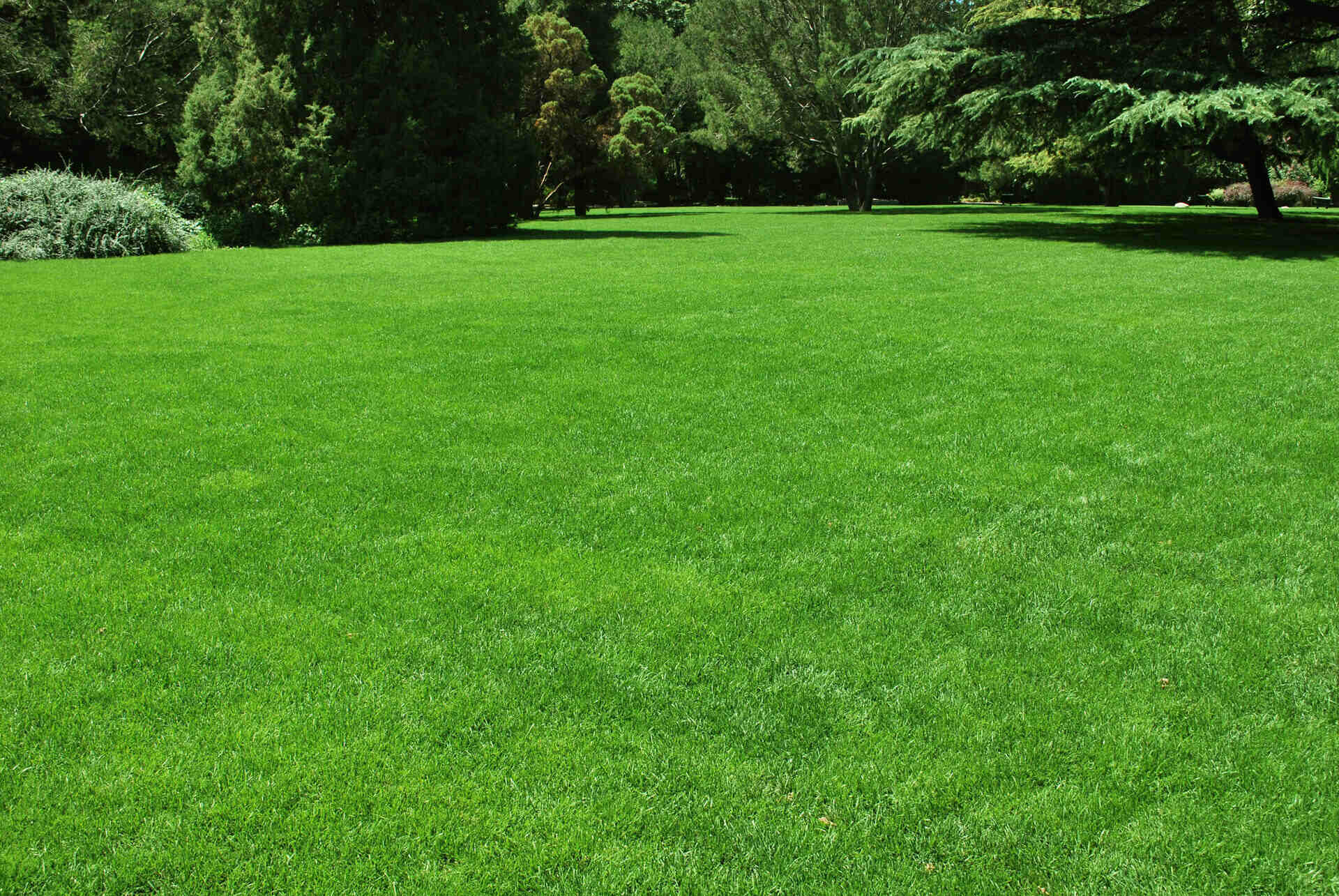
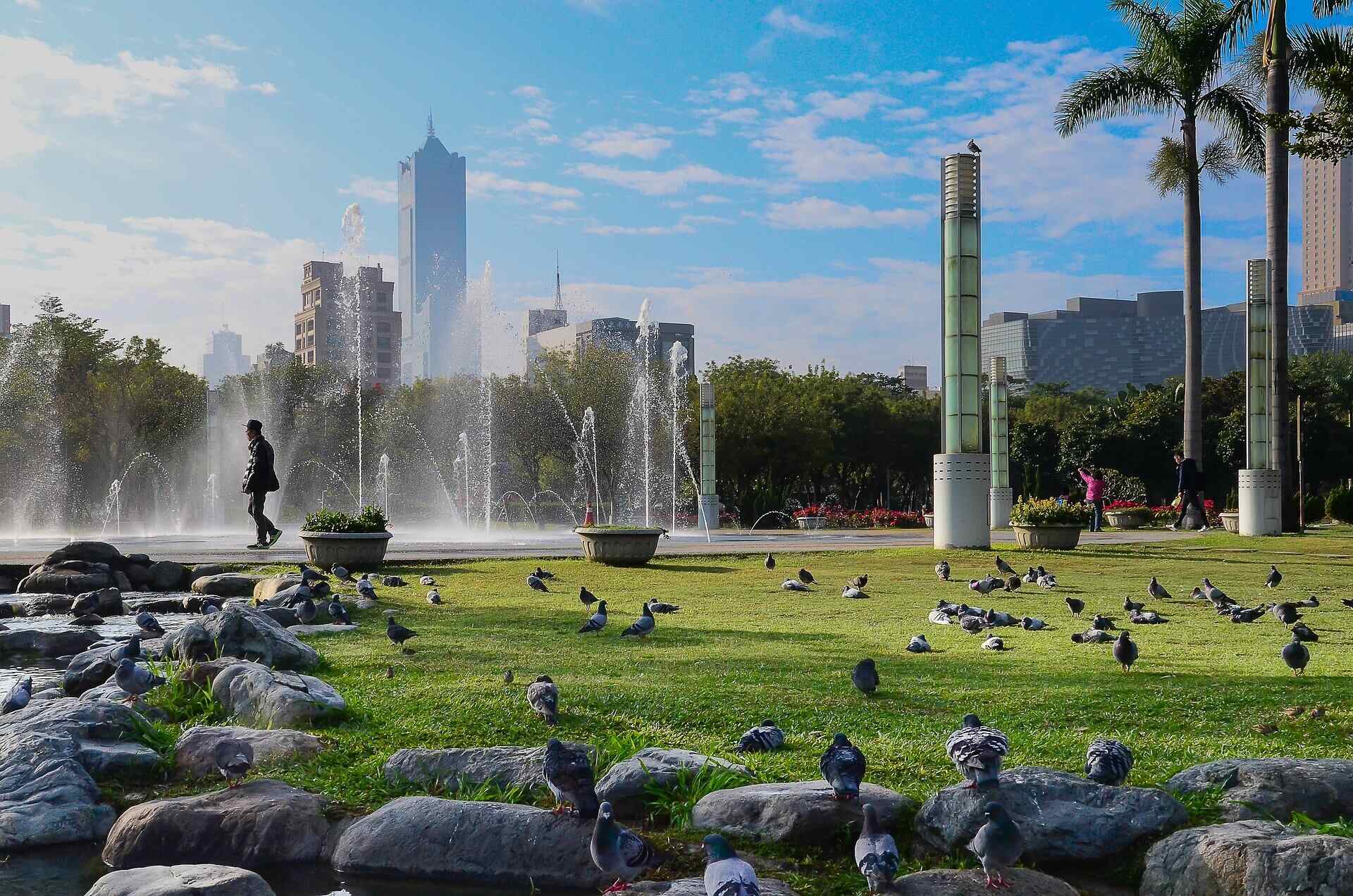
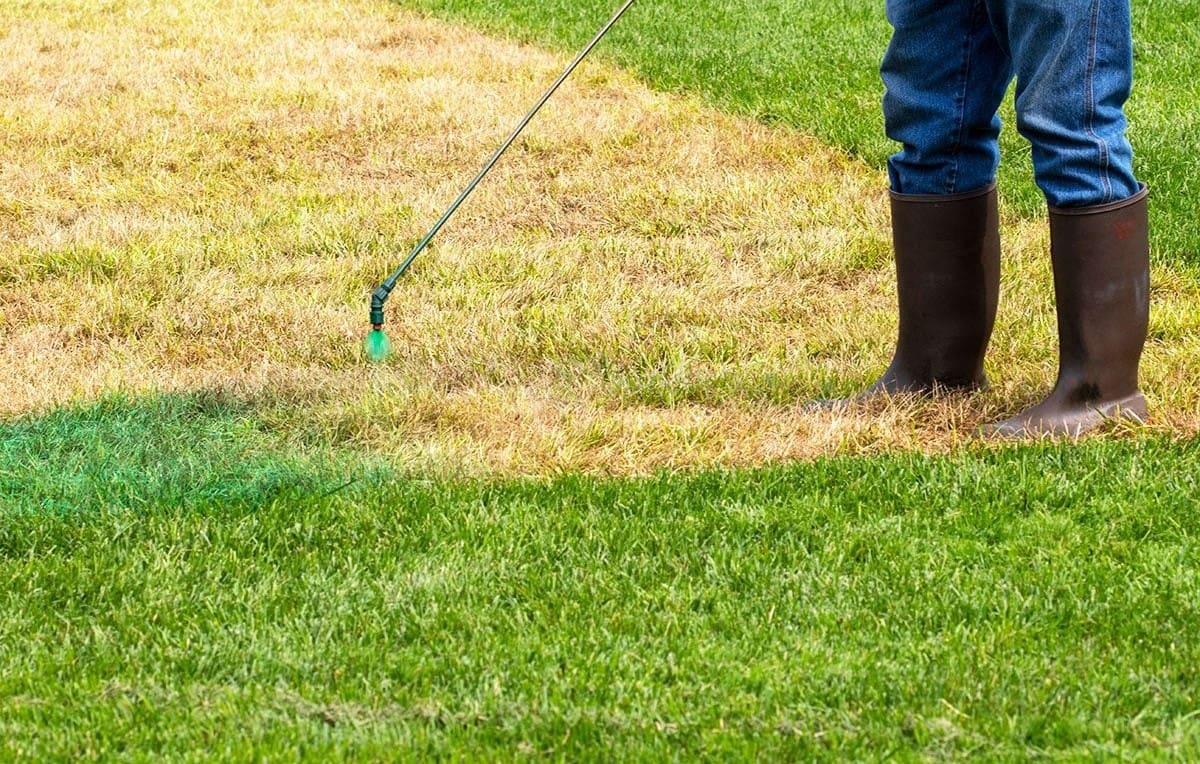
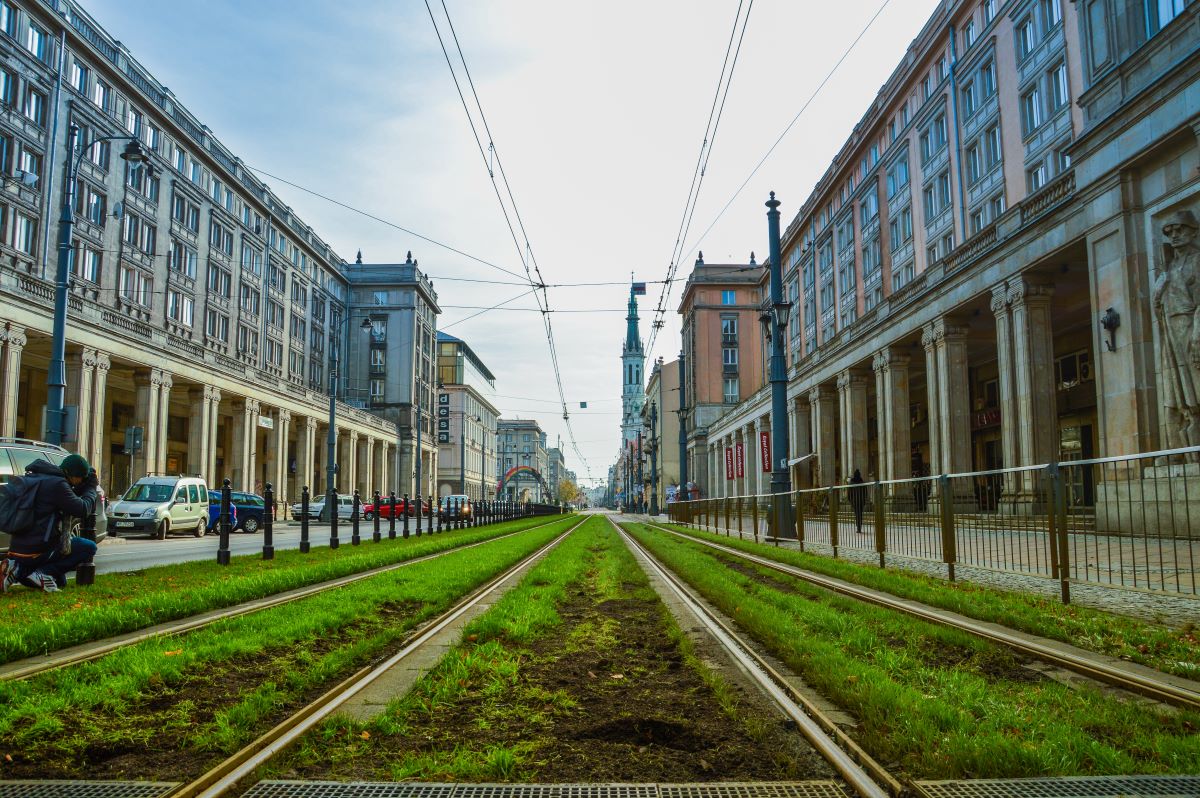
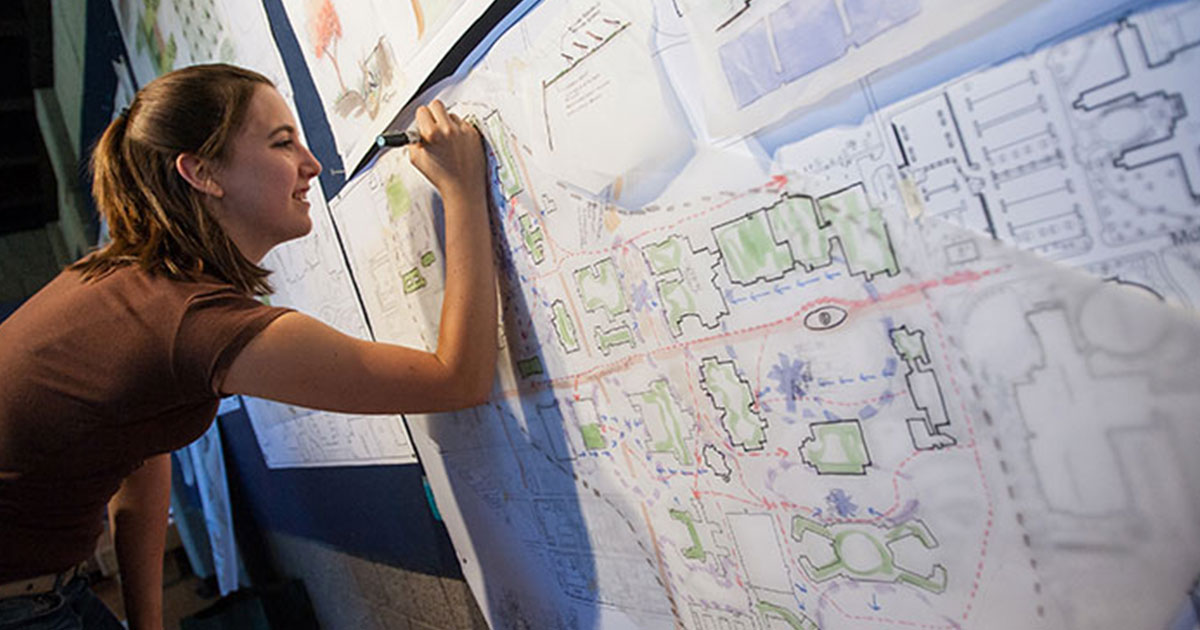
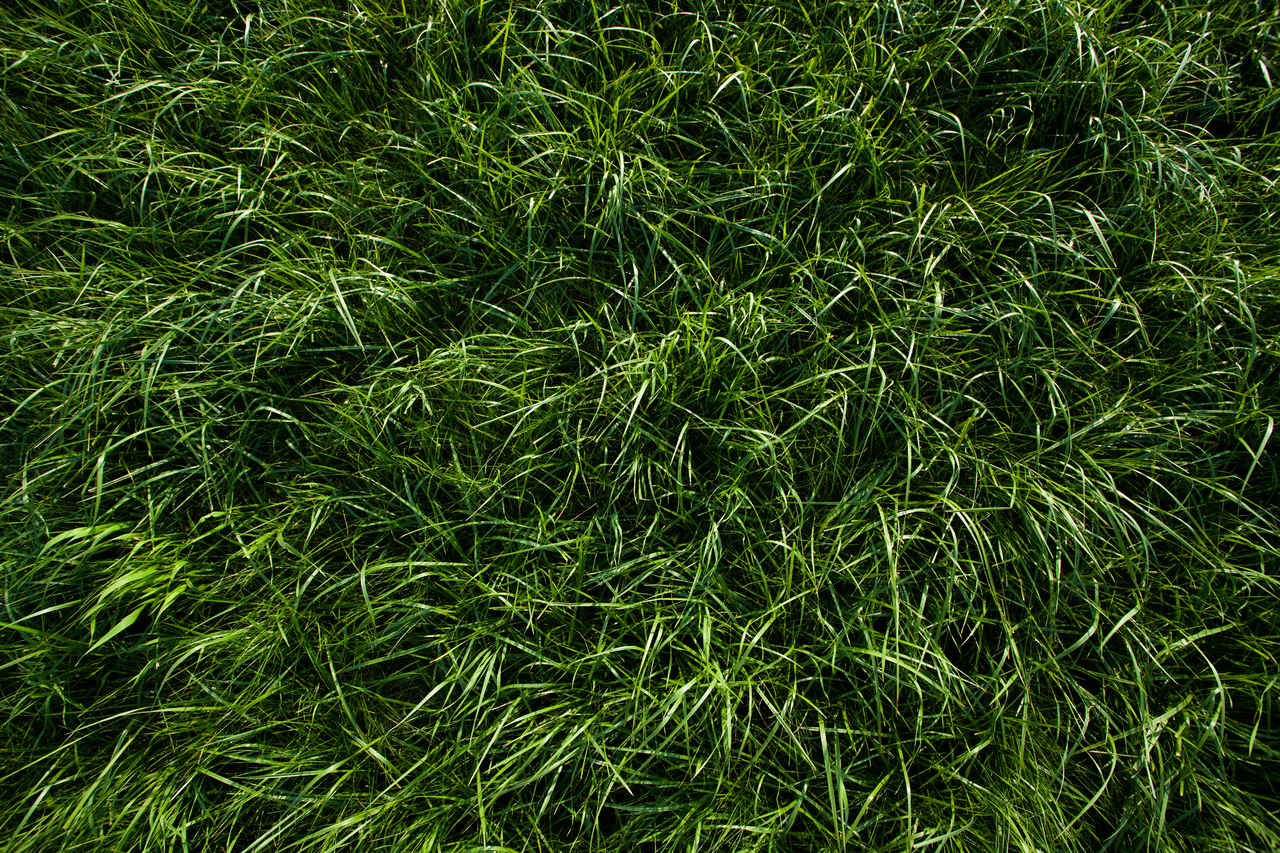
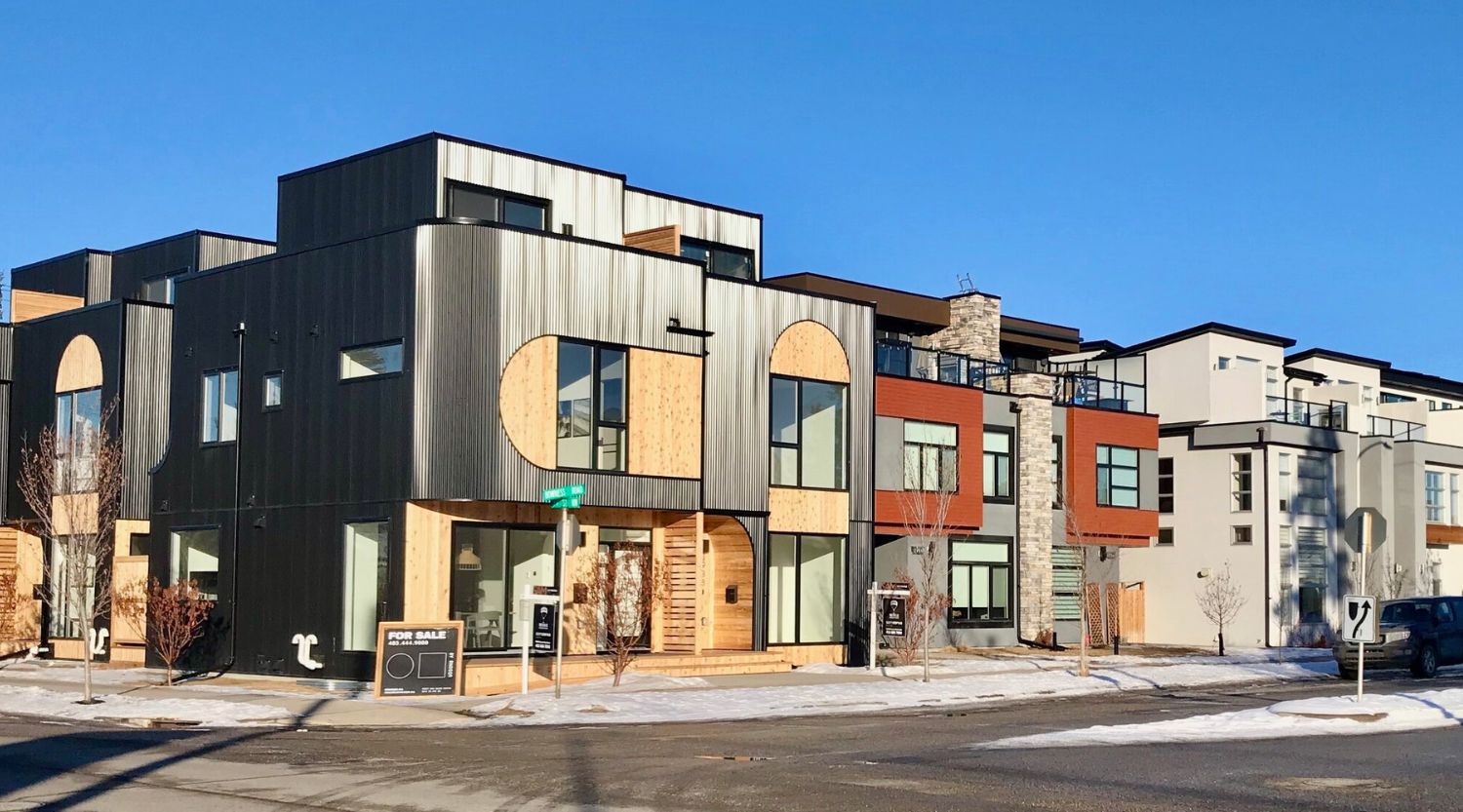

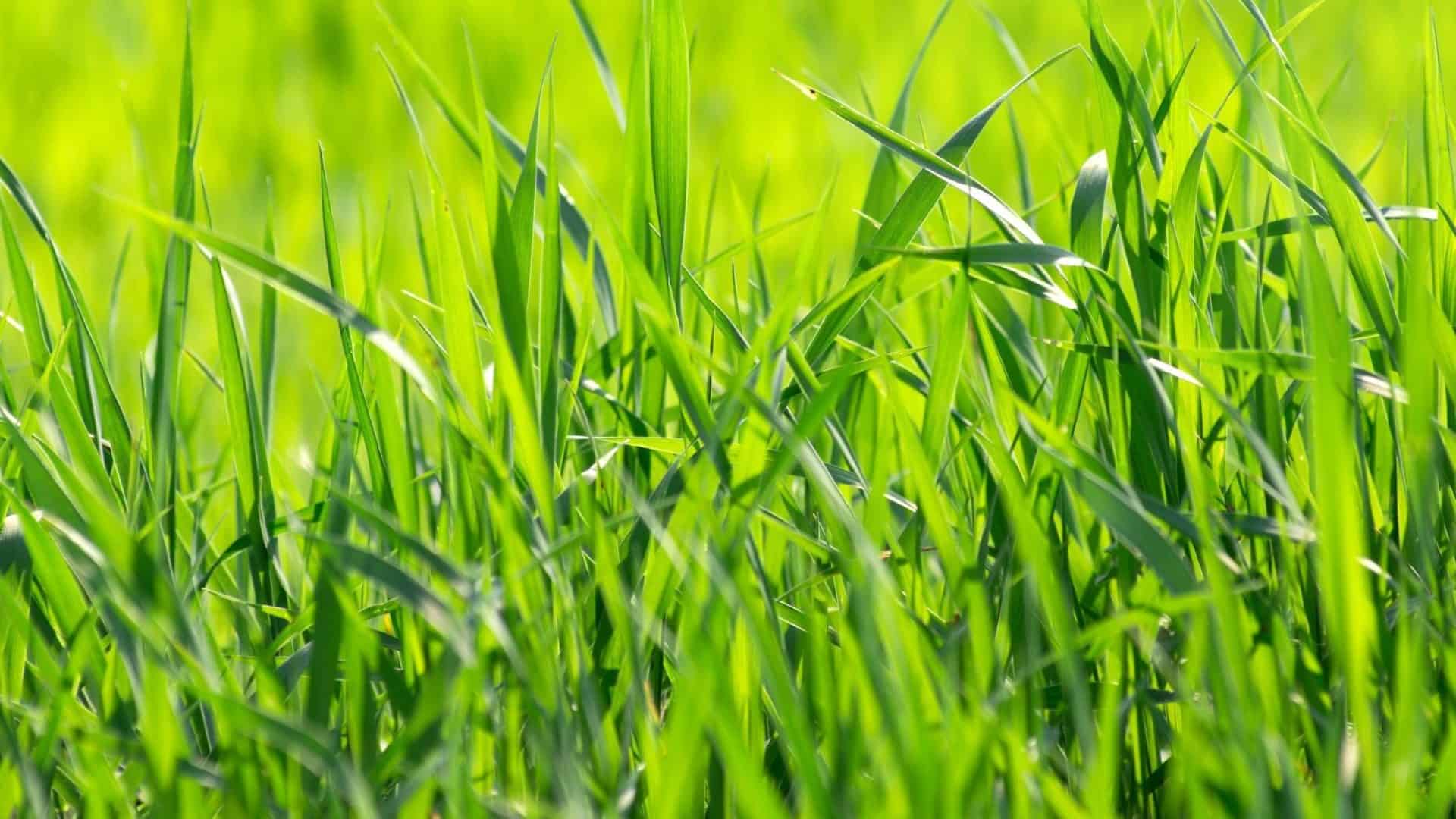
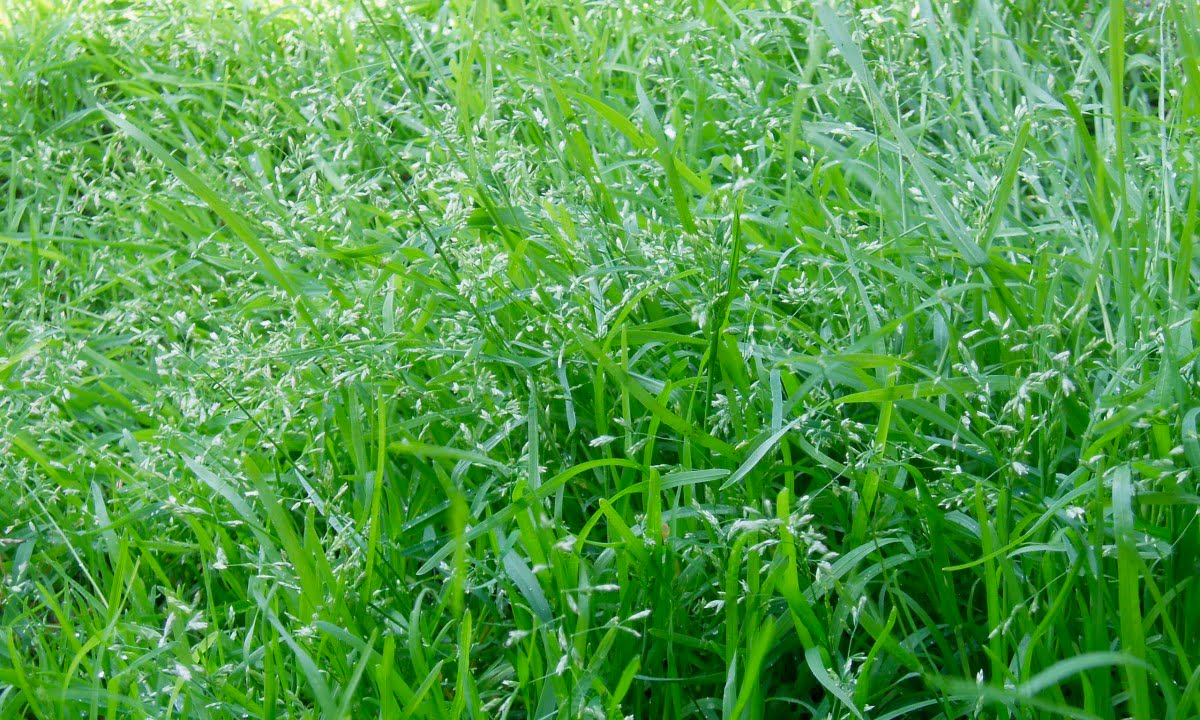
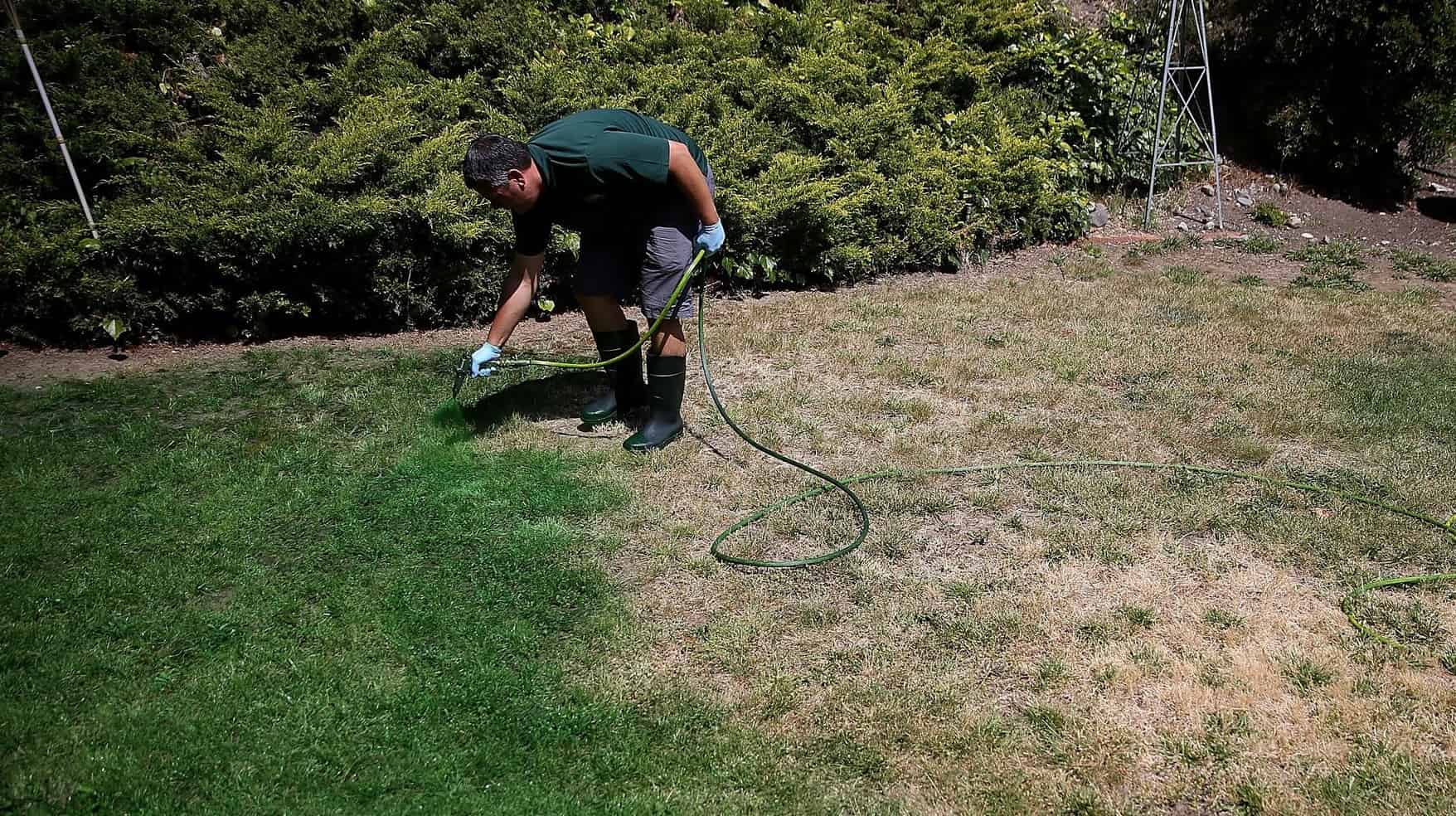
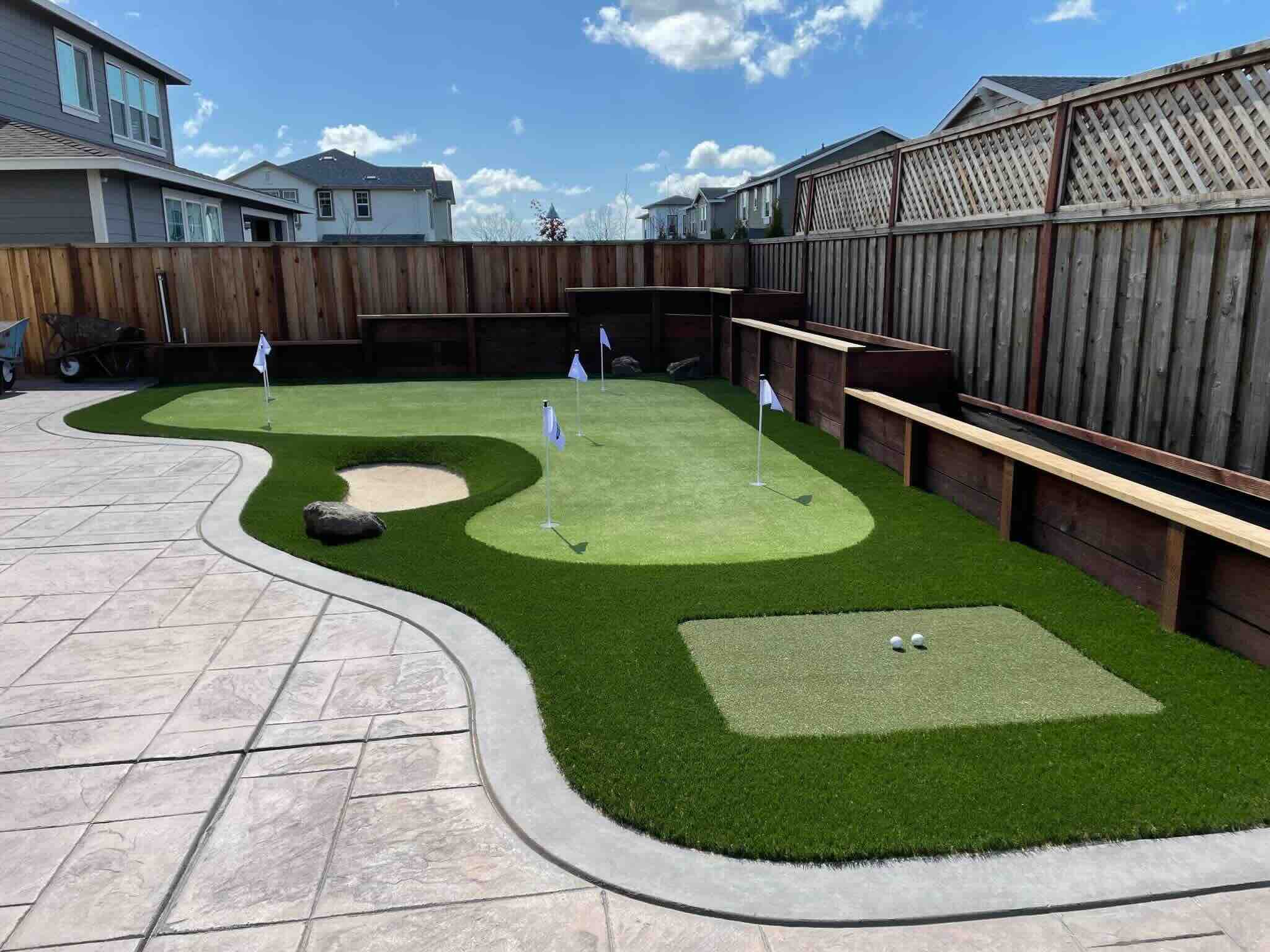

0 thoughts on “What Makes An Urban Green Space”